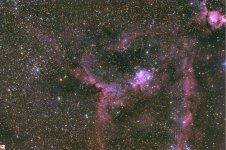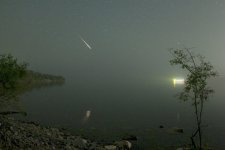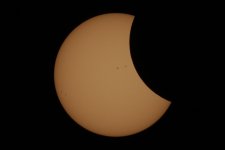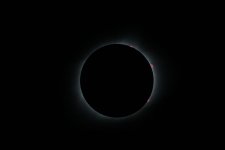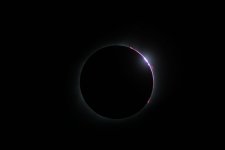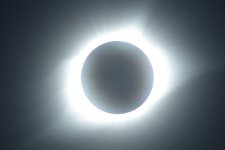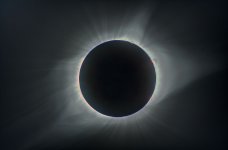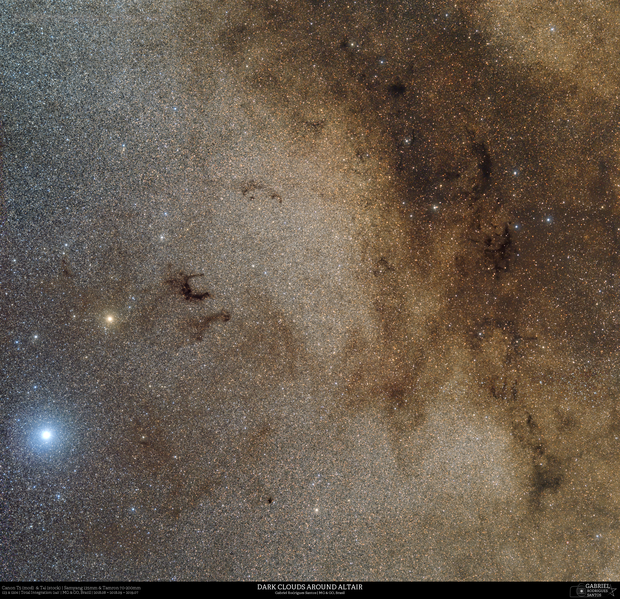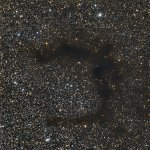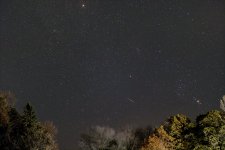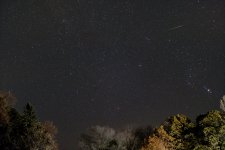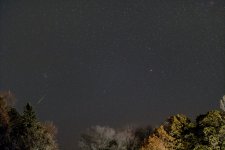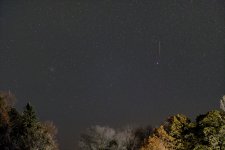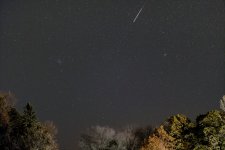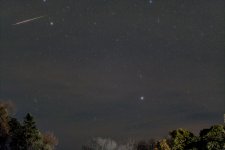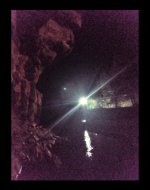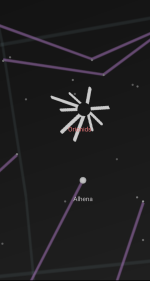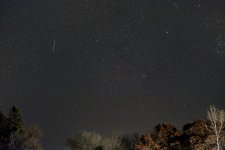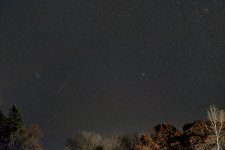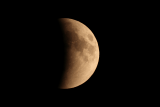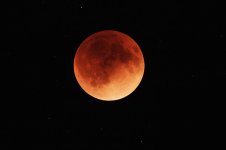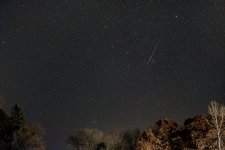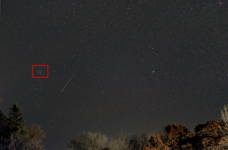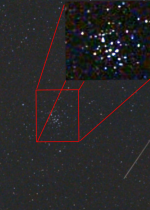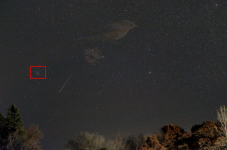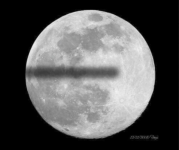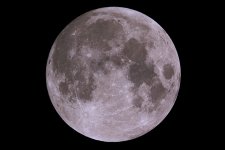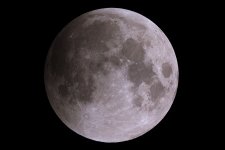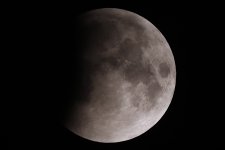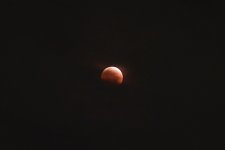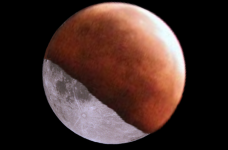Now that I can post pics I figured I would get the Astronomy pictures thread started here. I look forward to other contributions.
Some of you already saw this pic from last week but it is a re-process with slightly less saturation.
M33 - The Triangulum Galaxy - Spiral galaxy in Triangulum
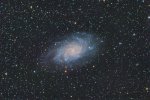
Date: 9/27/2022
Camera: Canon Rebel T8i(modified)
Telescope: 92mm f/5.5 triplet (Astrotech AT92) with focal reducer
Exposure: 80x300sec (6hr 40min total) at ISO 400
Acquired using BackyardEOS, stacked using DeepSkyStacker, Processed using PixInsight
Here is an annotated and cropped version using an average combine to show that I incidentally captured asteroid 7843 1994 YE1 in the above image.
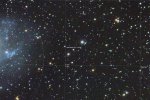
Clear skies,
Eric
Some of you already saw this pic from last week but it is a re-process with slightly less saturation.
M33 - The Triangulum Galaxy - Spiral galaxy in Triangulum

Date: 9/27/2022
Camera: Canon Rebel T8i(modified)
Telescope: 92mm f/5.5 triplet (Astrotech AT92) with focal reducer
Exposure: 80x300sec (6hr 40min total) at ISO 400
Acquired using BackyardEOS, stacked using DeepSkyStacker, Processed using PixInsight
Here is an annotated and cropped version using an average combine to show that I incidentally captured asteroid 7843 1994 YE1 in the above image.

Clear skies,
Eric

